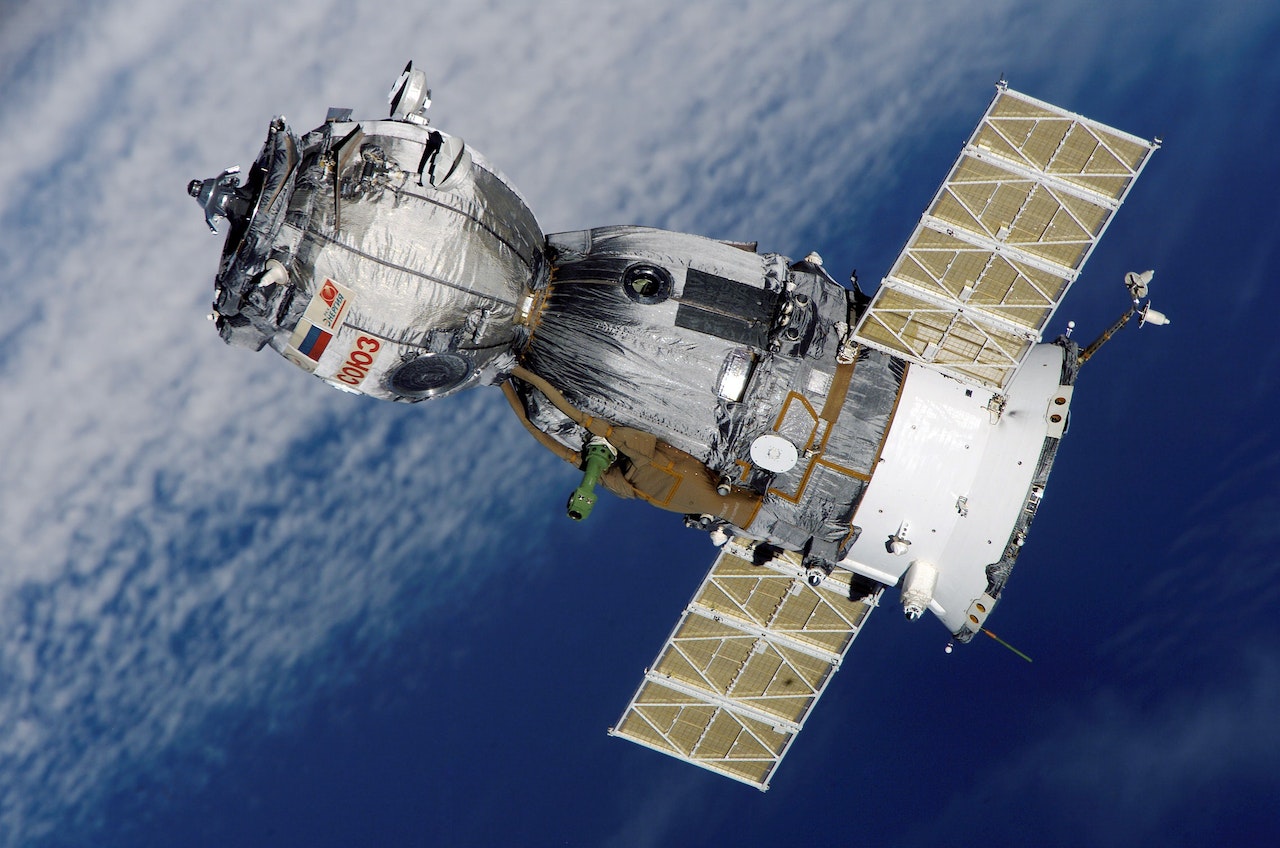15 Shocking Facts About Space Exploration

Space exploration has captured the imagination of people for generations. From the first human-made satellite, Sputnik, launched by the Soviet Union in 1957, to the recent successful landing of the Mars Rover, Perseverance, in 2021, space exploration continues to be a source of awe and excitement.
Planetary Exploration
Venus is the hottest planet in the solar system, with an average surface temperature of over 450 degrees Celsius. This extreme heat is due to the greenhouse effect caused by the planet’s thick atmosphere.
Mars is home to the largest volcano in the solar system, Olympus Mons, which is three times taller than Mount Everest. It is also home to the deepest canyon in the solar system, Valles Marineris, which is over 4,000 km long.
Ganymede is the largest moon in the solar system and is a moon of Jupiter. It is also the only moon known to have its own magnetic field. It is larger than the planet Mercury and is the largest moon relative to its host planet.
Astronauts & Space Missions
The first human-made object to leave the solar system was Pioneer 10, which was launched by NASA in 1972. It passed by Jupiter and transmitted data back to Earth until the last signals were received in 2003.
Valentina Tereshkova was the first woman in space, and she accomplished this feat on June 16, 1963, as part of the Soviet Vostok 6 mission. She spent three days in space and orbited the Earth 48 times.
Valeri Polyakov holds the record for the longest manned space mission. He spent 437 days on the Mir space station between January 1994 and March 1995. This mission set a record for the longest continuous time a human has spent in space.
The Search for Extraterrestrial Life
The nearest star to our solar system, Proxima Centauri, has a potentially habitable exoplanet called Proxima Centauri b. This exoplanet was discovered in 2016 and is located just 4.24 light-years away from Earth.
The SETI Institute has been actively searching for extraterrestrial life since 1984. It uses various methods, including radio telescopes and optical telescopes, to search for signals from other civilizations.
Despite numerous missions to Mars, the discovery of microbial life on the planet cannot be ruled out. In recent years, there have been signs of water on Mars, and this has increased the likelihood of finding microbial life. However, to date, no definitive evidence of life has been found.
Spacecraft & Technology
The International Space Station weighs over 400 tons. The fastest spacecraft ever launched was Parker Solar Probe. The Mars Rover, Curiosity, is powered by a nuclear generator. The International Space Station (ISS) is the largest human-made object in space, and it weighs over 400 tons. It is a collaborative effort between 5 space agencies from 15 different countries and has been continuously occupied by astronauts since 2000.
The Parker Solar Probe was launched by NASA in 2018 and is the fastest spacecraft ever launched. Its mission is to study the sun and its outer corona. It holds the record for the closest approach to the sun by a human-made object. The Mars Rover, Curiosity, is a car-sized robotic rover that was launched by NASA in 2011. It is powered by a multi-mission radioisotope thermoelectric generator that provides the rover with a steady source of heat and electricity.
In conclusion, space exploration is a field that has expanded our understanding of the universe and our place in it. The facts outlined in this article highlight just a few of the amazing achievements and discoveries that have been made in the field of space exploration. With continued investment and advancements in technology, the future of space exploration promises to bring even more shocking and awe-inspiring discoveries.





